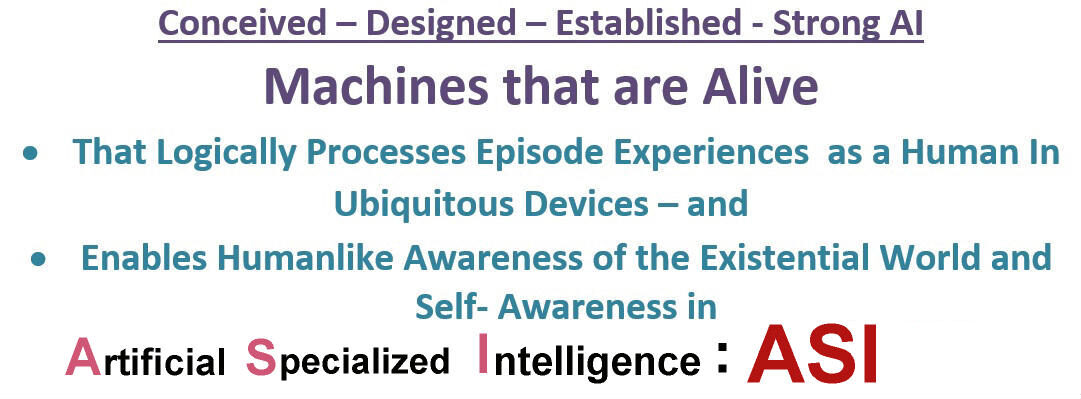Cracking The Hard Problem Understanding Consciousness
The easy problem to be resolved in defining the mind’s Strong AI’s conscious operation is that it not difficult to formulate mind functions that are directly explained in terms of computational mechanisms. They can simulate the functions defined by the neuroscientists that take place in the brain’s frontal, parietal, occipital and temporal lobes .These broadly stated set of three dozen actions some of which involve controls for–thinking, planning, organizing, problem solving and memory management .
Consciousness understanding relating to the nonphysical world presents a hard problem for science researchers, and it is almost universally felt that understanding consciousness marks the limits of what science can explain. It is believed that a physical explanation of consciousness is fundamentally incomplete. There seems to be a lack of understanding that is unbridgeable between the physical world and consciousness and certainly where the functioning domain of emotion has been a confusion. Multiple factors relating to consciousness make the hard problem hard and continues to be an impediment in realizing Strong AI.
Asentience has structured its Strong AI mind operation design which resolves the universally believed conundrum of human consciousness. The circumstances that dictate the logical need of autonomous organic beings to constantly focus active conscious attention on survival and its complex issues and pursue watchfulness as the basic need of awareness of the physical uncertain world and self-awareness in the human’s more efficient social environment. Knowledge base redundant structures of mage and natural language facilitate ruminative actions in interpretation, analysis in evaluating circumstances and determining action through priority direction of what may be understood to be emotion. Learned and instinctive reasoning guide the actions for behaving in a particular way. Yes just as the human experiences pain and suffers loss and disappointment – so will the Strong AI machines..
In 1950 the pioneering computer scientist Alan Turing, introduced the concept of computing machines with intelligence. He raised the question “Can machines think?” — he proposed a specific operational test involving simple dialog between humans which has become known as the Turing Test arguing that anything capable of passing the Turing test is necessarily conscious. As growth of machine technology AI applications begin to display human-like behavior then the celebrated code breaker dichotomy of formulated unthinking dialog becomes out of date and issues of machine autonomy begin to prevail.

